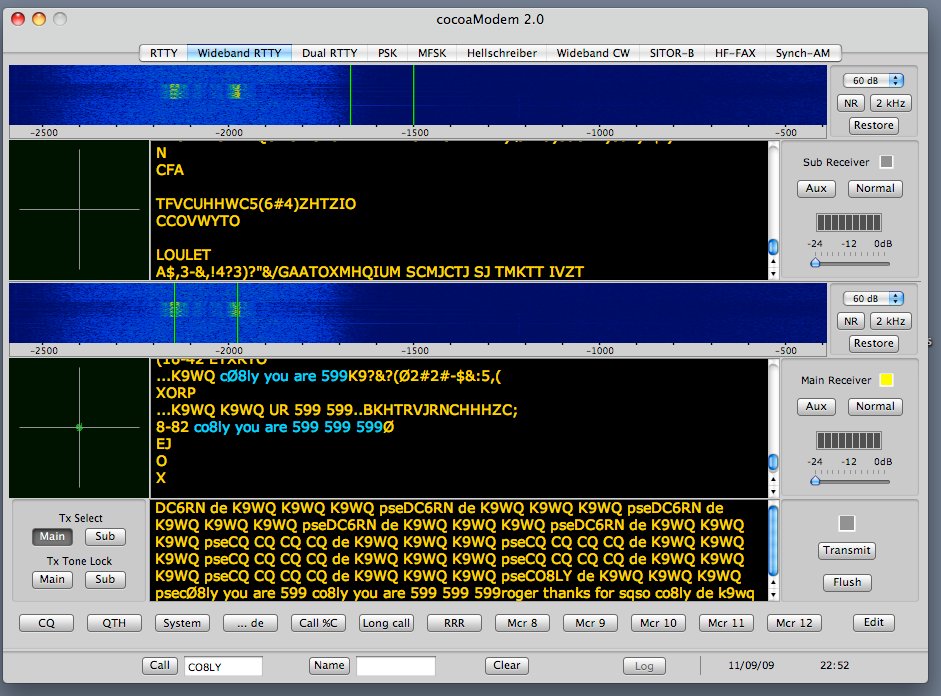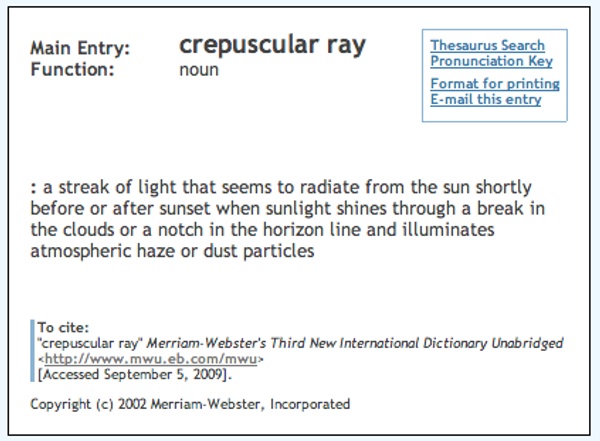Risotto of toasted barley with roasted cauliflower
In the previous post I mentioned a recipe from Gourmet magazine for a risotto made from toasted barley and roasted cauliflower. I decided to make it for supper.
I’d encourage everyone to do a little Googling and read up on the benefits of barley. Not only is it a great base for comfort foods, it’s about 10 percent protein, and it’s an excellent starch for diabetics, with a glycemic index of 25 or so. It’s a nice thickener for soups and broths.
I’ve said this often, but it’s always worth repeating: We should all eat like diabetics even if we’re not. This is especially true in middle age and thereafter, though younger and younger people are being diagnosed with diabetes these days. Plus, a diet suitable for diabetics is just plain healthier, for everyone.
If you try this recipe and you’re not accustomed to cooking barley, cook the living daylights out of the barley, and add as much liquid as you can get the barley to absorb. If that takes an hour, so be it. Substitute whatever is handy. I used a little tomato juice in the water instead of chicken stock, and I used cheddar cheese instead of the parmigiano-reggiano. Frankly I don’t think cauliflower roasts all that well, though. It tends to become a little tough and dry. But any sort of vegetable could work in this recipe.





